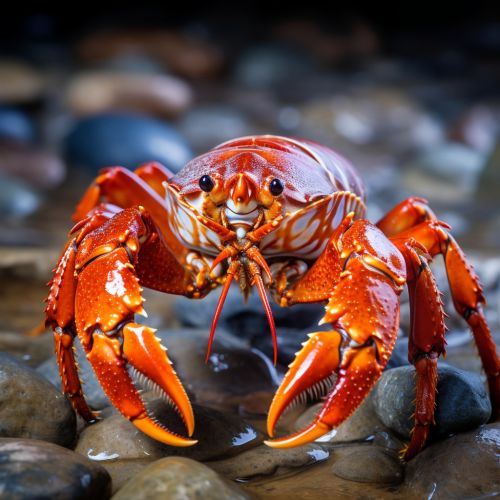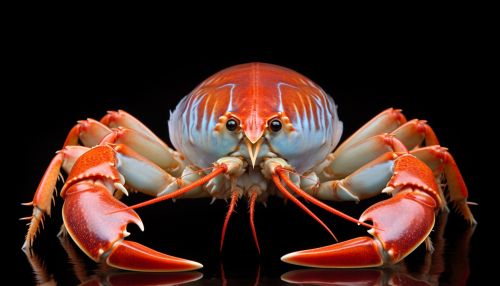Crustacean
Overview
Crustaceans are a large, diverse group of arthropods, including familiar animals such as crabs, lobsters, crayfish, shrimp, krill, and barnacles. The crustacean group is usually treated as a subphylum, and thanks to recent molecular studies, it is now well accepted that the crustacean group is paraphyletic, and comprises all animals in the pancrustacean clade, excluding insects and a few smaller groups.


Anatomy and Morphology
Crustaceans possess a chitinous exoskeleton, which is periodically shed during a process called moulting. The morphology of crustaceans is highly variable, reflecting their impressive adaptive abilities. However, a typical crustacean body is segmented and divided into three parts: the cephalon or head, the thorax, and the abdomen. The cephalon and thorax may be fused together to form a cephalothorax, which is covered by a single large carapace.
Classification and Diversity
Crustaceans are among the most successful groups of arthropods, with over 67,000 described species distributed worldwide. They are found in a variety of habitats, including marine, freshwater, and terrestrial environments. The group has traditionally been divided into ten classes, although this classification is subject to ongoing debate and revision.
Ecology and Life History
Crustaceans play a critical role in marine, freshwater, and terrestrial ecosystems. They are often the dominant members of the zooplankton, and they serve as the primary food source for many fish, birds, and other animals. Crustaceans exhibit a wide range of reproductive strategies, from brooding eggs within their bodies to releasing millions of eggs into the water column.
Economic Importance
Many species of crustaceans are commercially important as seafood. Crabs, lobsters, shrimp, and crayfish are all harvested in significant quantities. In addition, some crustaceans serve as important model organisms in scientific research.
Conservation and Threats
Like many other groups of animals, crustaceans face a variety of threats, including habitat loss, pollution, and climate change. Many species are currently listed as endangered or threatened, and conservation efforts are underway to protect them.
